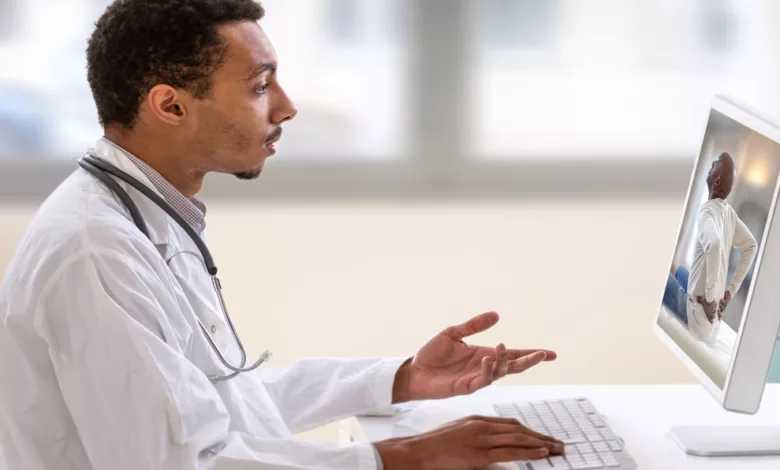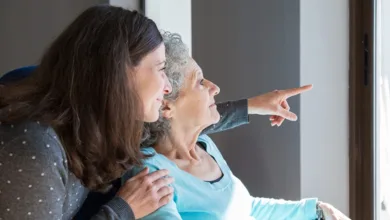Telehealth for Seniors—Bringing Back House Calls

Mr. C is a lovely 73-year-old gentleman who lives on a ranch about an hour away from the hospital. Mr. C tripped on a rug and wrenched his hip. Days later, his hip and back still bother him. He has chronic kidney disease and knows there are some pain medications that can make his kidney function worse. He wants to see his doctor to learn what medicines he can take safely, but worries the drive will further strain his hip and back.
How can he get expert medical advice without the stress and worry of a trip to the doctor’s office?
Well, Mr. C is the perfect candidate for telehealth.
Telehealth is the Modern Day House Call
One hundred years ago, it would have been commonplace for the doctor to come to the house when a family member was ill. In recent years, the model has shifted to patients seeking care at hospitals and physician’s offices.
Today, in the era of COVID-19, the advent of telehealth is bringing back the “house call.” Patients can now consult with their physicians from the comfort and privacy of their own homes. While this is a great advantage for patients of all ages, it is especially helpful for the senior population, which are at higher risk for severe illness and may also have limited access to an in-person visit.
How a Telehealth Appointment Works
Getting started requires just a smartphone or a computer enabled with a webcam and microphone. Typically, your physician’s office will send you a message with instructions on how to connect. It might take some time to grow comfortable with the technology, but it will quickly become easier to navigate.
Perhaps you have questions about your insulin dosing, or maybe a young member of your family has developed a new rash. And, if you usually rely on a loved one to bring you to the office, it can be a challenge to coordinate schedules.
With no traffic to fight or parking fees, telehealth can make for a stress-free experience. With it, your physician can help you and your family make medical decisions right in your living room.
A Virtual Appointment is Not Always the Best Substitute for an In-Person Exam
As with all new technology, there are limitations to the telehealth platform. Seeing your physician face-to-face is important for building trust and a strong doctor-patient relationship. Physical exams, which can help confirm diagnoses, cannot be done as thoroughly over video.
Importantly, telehealth is not a substitute for seeking emergency care. If you are experiencing a life-threatening illness, it is important you seek help right away.
Telehealth Expands Medical Care Access – Particularly for Seniors
Despite its limitations, telehealth offers exciting new opportunities to expand access to care.
To maximize your telehealth visit, find a quiet spot with a stable connection to the internet.
Consider logging on in advance to make sure your camera and microphone are working. It is a good idea to write down your symptoms along with the severity, how often, and when each symptom occurs. Try to keep your medications handy so your doctor can review them with you.
Telehealth is just a new way for your doctor to keep doing what they’ve been doing all along: supporting you and your health.





